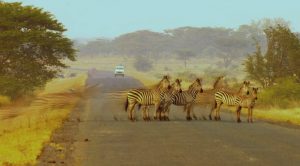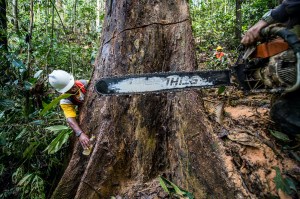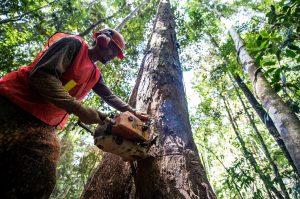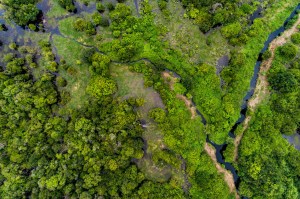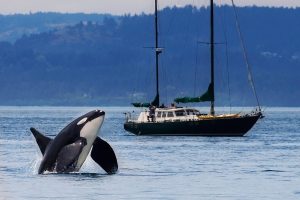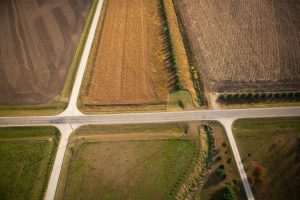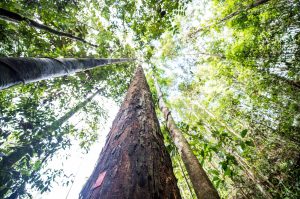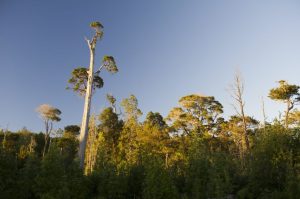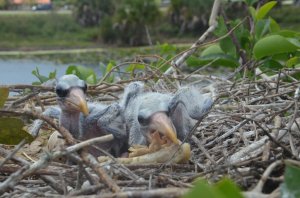Discover stories in Science Briefs
Saving Animals by Mapping Their Migrations
Maps that display migration data with the human connections and livelihoods can help advance sustainable conservation.
Deforestation Reduces Worker Productivity in the Tropics
Research from Indonesia finds that rural workers in deforested landscapes were less productive than those working in intact forest settings.
Remove the Rats, Restore the Seashore
New science from Alaska’s Aleutian Islands finds that eradicating invasive rodents helps restore marine habitats, too.
Listening to Forests After Logging
New research from Borneo shows that the soundscape of a forest changes significantly following selective logging.
The Carbon Cost of Converting Peatlands to Oil Palm
New research from Indonesia calculates the carbon cost of converting peat swamps to oil palm plantations: 640 metric tons of CO2 per hectare.
It’s Not Too Late for Biodiversity in Heavily Urbanized Environments
It’s not too late for the 102 species at risk of extinction in the heavily urbanized Fraser River estuary of British Columbia.
Indigenous Lands Are Critical for Mammal Conservation
A new analysis reveals the importance of indigenous lands to global mammal conservation.
Earth Transformed: Mapping of Global Human Modification from 1990 to 2017
Between 1990 and 2015, humans have modified an area of land greater than the size of Russia.
When Logging Stops, Does Biodiversity Benefit?
Protecting logging concessions could be a valuable tool for biodiversity conservation.
Heat Exposure From Deforestation Decreases Cognitive Performance of Rural Workers
New research shows that the associated heat exposure is harming the cognitive performance of rural subsistence workers.
Natural Forest Regrowth Works for Climate Change Mitigation
One of the most powerful ways trees can help mitigate global climate change may also be one of the most overlooked: letting nature takes its course.
Dumpster Diving Helps Urban Wood Storks Survive
New research suggests that urban environments can act as a buffer for wetland bird species when natural food sources become unpredictable.
